| Otto B. Wiersma |
21 Sep. 2004 – 5 Mar. 2005 (last update) |
home |
|
BPSD code |
evolutionary need for |
kind of relations |
kind of selections |
internal valuation |
comparative measure |
| S | resources |
anorganic, organic |
scarcity | ||
| G |
genetical reproduction |
family kin |
sexual, kin, parental |
||
| R | reciprocity |
non-kin small-group |
tit-for-tat | ||
| E | etnicity |
non-kin large-group |
altruistic, memetic |
||
| iv-status | cm-status |
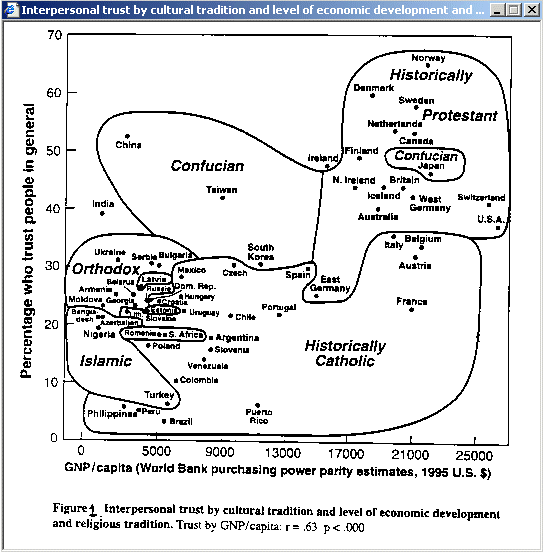
|
Verlichting toenemende bewustwording, verfijning en toepassing van: |
Verduistering (on-)bewust cultiveren van: |
|
| intelligentie | redelijkheid | irrationaliteit |
| kennis | onwetendheid | |
| kunde | spelvaardigheid | |
| doelgerichtheid | doelloosheid | |
| (verduidelijkende) vereenvoudiging | (verwarrende) complicering | |
| begrijpelijkheid | onbegrijpelijkheid | |
| samenhangendheid | onsamenhangendheid | |
| geweten | rationele ethiek: goed is wat het lijden vermindert en het geluk bevordert (persoonlijke verantwoordelijkheid om dat goede na te streven, daarbij vertrouwen in het eigen oordeel: individualisering) | relativistische ethiek: goed is wat mijn lijden vermindert en mijn geluk bevordert, desnoods ten koste van anderen (individualisme, vaak verscholen achter conformisme) |
| algemeen belang, totaalgeluk | eigenbelangen ingebed in groepsbelangen | |
| het verminderen van lijden en bevorderen van geluk is zin(-volheid) | zinloosheid (nihilisme) | |
| integriteit | liefdeloosheid | |
| gevoel | (genieten van) kwaliteit | (permissiviteit voor) inferioriteit (ook die van het eigen tekort) |
| vertrouwen | wantrouwen | |
| optimisme | pessimisme | |
| hoop | wanhoop | |
| mededogen | ongevoeligheid (voor lijden) | |
| moed | angst | |
| waardering | rancune | |
| filosofie | rationalisme (objectief bepaald wat waar, goed/slecht en rechtvaardig is) | relativisme (wat geldt als waar, goed/slecht en rechtvaardig, is cultureel-historisch bepaald) |
| determinisme | toeval | |
| samenhang, orde | chaos | |
| daadkracht | verbalisme | |
| welsprekendheid | wartaal | |
| inhoud (substance) | vorm (image) | |
| mensbeeld | grote verschillen in aanleg en capaciteiten |
gelijk(waardig)heid |
| inner-directed | other-directed | |
| disciplinering tgv ontwikkelingsvooruitgang | permissiviteit tgv consumentisme | |
| persoonlijke zorg om de medemens | verzorgingsbureaucratie, zwakkerenindustrie | |
| homo faber | homo ludens | |
| maatschappij | vrijheid van autonome persoonlijkheden | conformering aan groepsbelangen |
| open debat | censuur (ook vh relativisme: het is maar jouw hier-en-nu-mening) | |
| betrouwbaarheid | corruptie | |
| openheid van zaken (onthulling) | verhulling | |
| gelijkheid in kansen op superioriteit | gelijk(waardig)heid in inferioriteit (egalitarianism) | |
| ondernemerschap | plat hedonisme en consumentisme | |
| politiek | meritocratie (posities ogv verdiensten) | relatiocratie, belangengroepen-corporatisme |
| afdwingen van integriteit | permissiviteit tav gebrek aan integriteit | |
| ingenieurs en profeten | carrière-oligarchie | |
| wetenschap | technisch-wetenschappelijke ontwikkeling (bèta-vooruitgang) | weerstand tegen technisch-wetenschappelijk ontwikkeling, alfa/gamma stilstand oiv relativisme |
| economie | bijgestuurde vrije markten | laissez-faire wisseling van hoogconjuncturen en recessies |
| hoge groei en lage inflatie oiv van loon- en prijs-sturing | grote schommelingen in groei en inflatie | |
| inkomensbeheersing | toenemende inkomensverschillen | |
| beteugelen groepsbelangen | bevorderen groepsbelangen | |
| doelmatigheid | ondoelmatigheid | |
| stimuleren research & development | ontmoedigen / tegenwerken research & development | |
| recht | prioriteit feiten en de beoordeling van feiten | prioriteit vormen en procedures |
| gelijkheid voor de wet, maar rekening houden met ongelijkwaardigheid van mensen en meningen | gelijkheid voor de wet en gelijkwaardigheid van mensen en meningen |
| 2 | 9 | 4 |
| 7 | 5 | 3 |
| 6 | 1 | 8 |

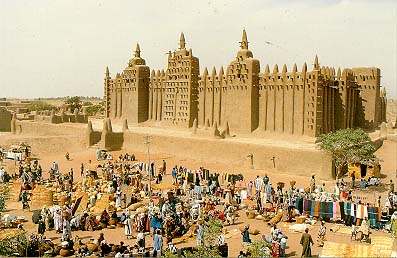
| System Level / Problem | Investigator / Year of Publication | Basic ideas | Example Adaptations | |
|
System Level: Individual |
Charles Darwin / 1859 |
Natural Selection (or "survival selection") |
Bones, skin, vision, pain perception, etc. | |
|
System Level: Dyad |
Charles Darwin / 1859 |
Sexual selection In most species, the effects of sexual selection are seen in males since they typically have a faster reproductive rate than do females. |
Peacock’s tail, antlers, courtship behavior, etc | |
|
System Level: Family & Kin |
William Hamilton / 1964 |
Inclusive fitness (or a "gene’s eye view" of selection, "kin selection") / The evolution of sexual reproduction Also, Hamilton argued that sexual reproduction evolved primarily as a defense against pathogens (bacteria & viruses) to "shuffle genes" to create greater diversity, especially immunological variability, in offspring. |
Altruism toward kin, parental investment, the behavior of the social insects with sterile workers (e.g., ants). | |
|
System Level: Dyad / Family & Kin |
Robert Trivers / 1972 |
Parental Investment Theory / Parent - Offspring Conflict / Reproductive Value Parents allocate more resources to their offspring with higher reproductive value (e.g., "mom always liked you best"). Parents and offspring may have conflicting interests (e.g., when to wean, allocation of resources among offspring, etc.). |
Sexually dimorphic adaptations that result in a "battle of the sexes," parental favoritism, timing of reproduction, parent-offspring conflict, sibling rivalry, etc. | |
|
System Level: Non-Kin Small Group |
Robert Trivers / 1971 |
"Tit for Tat" Reciprocity |
Cheater detection, emotions of revenge and guilt, etc. | |
|
System Level: Non-Kin, Large Groups Governed by Rules / Laws |
Herbert Gintis, et al. / 2000, 2003 |
Strong Reciprocity Strong reciprocity may be a set of adaptations that were designed for small in-group cohesion during times of high inter-tribal warfare with out-groups. Today the capacity to be altruistic to in-group strangers may result from a serendipitous generalization (or "mismatch") between ancestral tribal living in small groups and today's large societies that entail many single interactions with anonymous strangers. (The dark side of strong reciprocity may be that these adaptations may also underlie aggression toward out-groups.) |
To in-group members: To out-group members: Capacity for xenophobia, racism, warfare, genocide. |
|
|
System Level: Large groups / culture. How to transfer information across distance and time? |
Richard Dawkins / 1976 |
Memetic Selection |
Language, music, evoked culture, etc. Some possible by-products, or exaptations: writing, reading, mathematics, etc. | |
| System Level / Problem | Investigator | Basic ideas | Example Adaptations |
trias politica (wetgevende, uitvoerende, rechterlijke macht, Montesquieu, 1689-1755), en de daarbij gekomen: vierde macht (beleidsambtenaren), vijfde macht (belangenorganisaties, lobby’s), zesde macht (media)
The 2004 tsunami hitting the holiday-resorts around the Indian Ocean gave rise to a lot of media-coverage and compassion, compared to e.g. the Dafour catastrophy in Africa around the same time. The relative amount of human misery is not the measure for attention and help - in Africa effective help was completely frustrated, so it was no longer possible to cover it with positive stories.
Timmermans, W.,

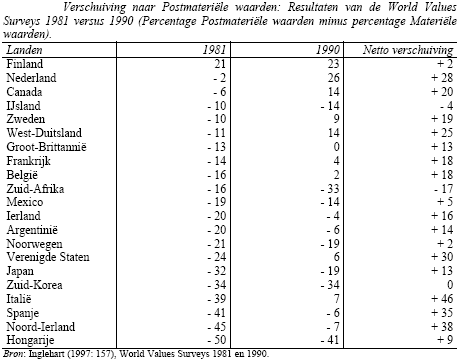
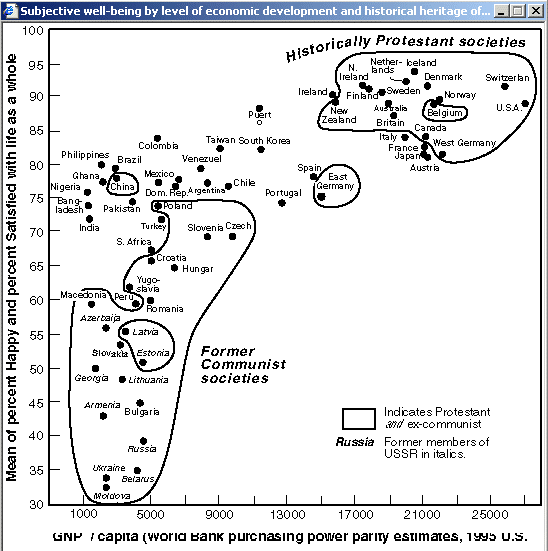

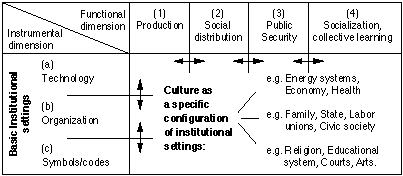

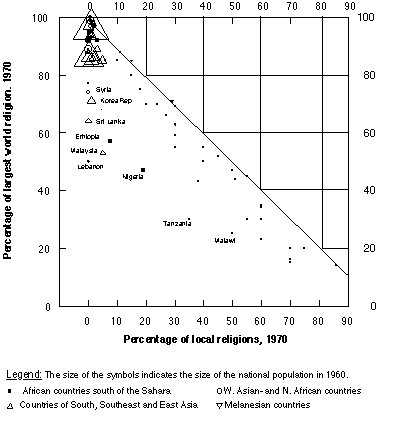

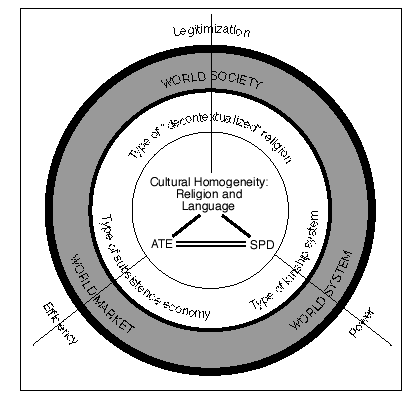
| Phase | consciousness | development | challenge | trust |
| Nomad | self | tools | construction | familiarity |
| Agrarian | group | ideologies | war | asabiya |
| Urban | mankind | sciences | competition | social capital |
| Network | universal | virtuality | simulation |